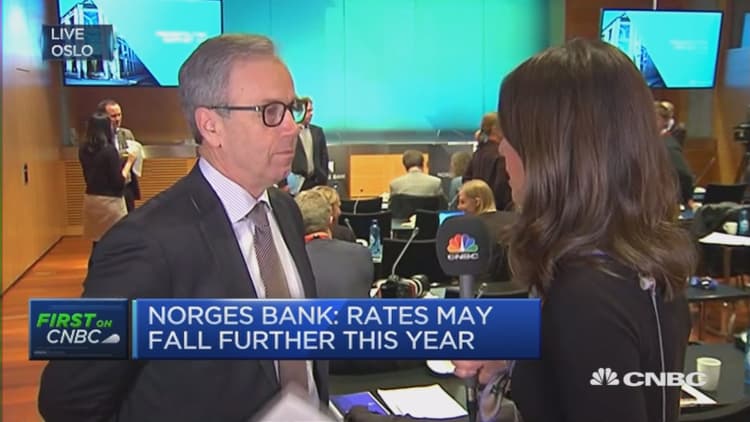Negative interest rates may be gaining popularity in central bank circles, but one of the countries to first use the unconventional policy is at risk of an unsustainable asset bubble as a result, Moody's Investors Service has warned.
Sweden was among the first countries in the world to adopt negative interest rates, cutting its key deposit rate to minus-0.1 percent in February 2015 in the hope of boosting persistently low inflation. The Swedish Riksbank has continued cutting the rate since then, slashing it by 0.15 percentage points to minus-0.5 percent last month.
Nonetheless, inflation has remained very low, averaging 0.7 percent in 2015, up from 0.2 percent in 2014, according to the European Commission.
Meanwhile, economic growth has continued to be among the strongest among the advanced economies, coming in at 3.6 percent last year.
This, coupled with ultra-low rates, has stoked a boom in house prices and mortgage lending that could prove problematic, according to Moody's.
"These trends will likely continue as interest rates will remain low, raising the risk of a house price bubble, with potentially adverse effects on financial stability, as and when house prices reverse trends," Kathrin Muehlbronner, senior vice president at Moody's, said in a report on Wednesday.
The credit ratings agency forecast the Riksbank would struggle to significantly boost inflation in a deflationary global environment, while the "sustained and strong growth in mortgage lending and house prices risks leading to an (ultimately unsustainable) asset bubble."
Only a handful of central banks have adopted negative rates, with the Swiss National Bank and the Danish central bank among the early adopters. Moody's said on Thursday that these banks were less at risk than Sweden of asset bubbles, with mortgage lending showing signs of slowing in both countries.
The possibility of other major central banks adopting negative rates continues to be touted, with Norway's central bank governor reiterating that the bank might yet do so on Thursday.
"We have experience from other countries that it's possible to go beyond the zero-lower bound ... if necessary, we have extended room for maneuver," Oystein Olsen told CNBC.







